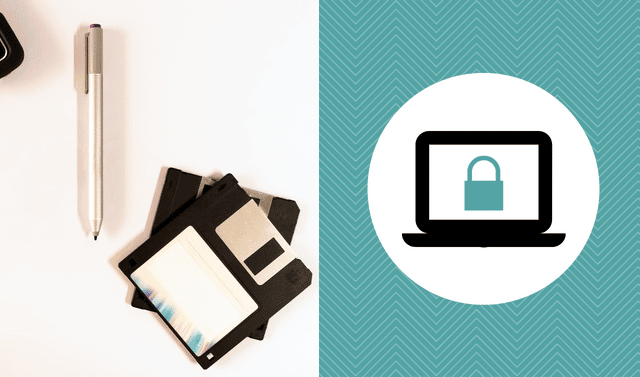Sign up for the Family Tree Newsletter! Plus, you’ll receive our 10 Essential Genealogy Research Forms PDF as a special thank you.
Get Your Free Genealogy Forms
"*" indicates required fields
A. Many libraries, historical and genealogical societies, historical museums and state archives accept donations of family papers, genealogical research and heirlooms.
Consider giving your items to a repository in the area that figures most heavily into your research. The New England Historic Genealogical Society (NEHGS), for example, seeks family diaries, Bibles and other documents related to New England research.
A local genealogical or historical society may be interested in your pedigree charts, records, photos or published family history. Or look for a museum or library with a collection—say, WWII ephemera or Italian immigrant photographs—that would make a fitting home for your treasures. Once you have a list of potential recipients, call each one to ask about its donation process.
The Church of Jesus Christ of Latter-day Saints Family History Library in Salt Lake City also accepts materials it considers helpful to researchers. See its online donation guide for information on what the library can use and how to prepare your donation. ?
No matter which facility you decide on, make your wishes clear in your will and designate a genealogy buddy to help your executor carry out your desires. You can’t expect a repository to take everything you’ve collected over the decades, so include instructions for that person to weed through your papers to separate what can be pitched from what should stay. Or better yet, get organized now, while you have a say in the matter.
A new generation of Web sites gives you another option: Sites including Eternal Star and Story of My Life let you digitize and store photos, records and heirlooms forever. You’ll need to consider whether the material will be readily available to researchers (if that’s what you want) and what happens if the site goes out of business, and you’ll still have the originals to deal with.
For more tips on donating your research, see the Society of American Archivists’ guide and Katherine Scott Sturdevant’s Organizing and Preserving Your Heirloom Documents (Betterway Books, out of print).




